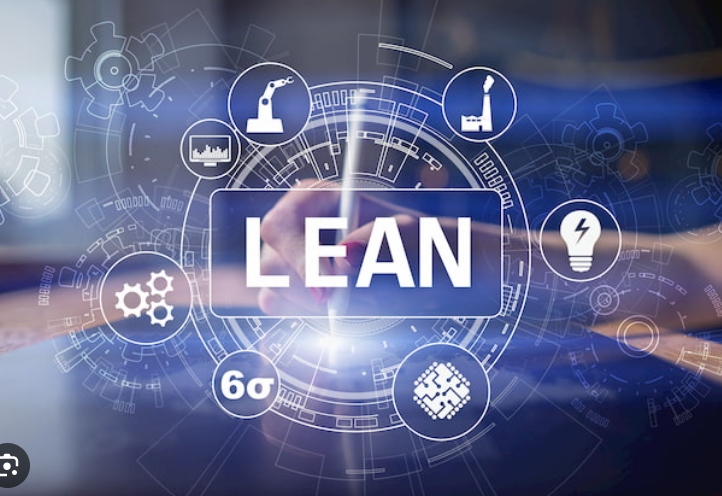The Evolution of Overhead Cranes: From Manual to Automated Manufacturing
- saharsh D
- May 22, 2023
- 3 min read
Introduction: The manufacturing industry has witnessed remarkable advancements over the years, with technology playing a pivotal role in revolutionizing various aspects of production processes. One significant area that has experienced a remarkable transformation is the use of overhead cranes. These powerful machines have evolved from manual operations to highly automated systems, providing improved efficiency, safety, and productivity in manufacturing facilities. In this blog, we will explore the fascinating journey of overhead cranes, tracing their evolution from manual to automated manufacturing.

Manual Overhead Cranes: Before the advent of automated systems, manufacturing facilities heavily relied on manual overhead cranes to handle heavy loads. These cranes were operated by human workers who had to exert physical effort to maneuver the crane's movements. Manual overhead cranes typically consisted of a bridge, trolley, and hoist system. The workers would use hand-operated controls to move the crane along the overhead rails, position the trolley, and lift or lower the loads using the hoist. While manual overhead cranes served their purpose, they had several limitations. The reliance on human operators made them prone to errors, accidents, and worker fatigue. The productivity was also limited as human operators could only handle a certain number of loads within a specific time frame.

Introduction of Power-Assisted Overhead Cranes: To overcome the limitations of manual cranes, power-assisted overhead cranes were introduced. These cranes incorporated electrical motors and hydraulic systems to aid in the lifting and movement of heavy loads. The integration of power-assisted features significantly reduced the physical effort required by the operators, enhancing safety and productivity. Power-assisted overhead cranes allowed for smoother and more precise movements, making it easier to handle delicate or sensitive materials. The introduction of variable speed controls also enabled operators to adjust the crane's movement according to the specific requirements of the task at hand. These advancements marked a significant milestone in the evolution of overhead cranes, making them more efficient and versatile.
Automated Overhead Cranes: The next leap in the evolution of overhead cranes came with the introduction of automated systems. These advanced cranes are equipped with sophisticated technologies, such as programmable logic controllers (PLCs), sensors, and computerized controls, which enable them to perform complex tasks with minimal human intervention. Automated overhead cranes offer a wide range of benefits in modern manufacturing facilities. They can be programmed to perform repetitive tasks with high precision and speed, leading to increased productivity. Furthermore, the integration of sensors and intelligent controls ensures enhanced safety by detecting potential hazards and automatically adjusting the crane's movements to avoid accidents. The use of automated overhead cranes has also facilitated the optimization of space within manufacturing facilities. With the ability to operate in narrow or confined areas, these cranes can make the most of available floor space, allowing for efficient material handling and storage. Furthermore, automated overhead cranes can be integrated into a broader network of manufacturing equipment and systems, enabling seamless coordination and communication. This integration paves the way for the implementation of advanced technologies such as the Internet of Things (IoT) and data analytics, which can optimize crane performance, predict maintenance needs, and improve overall operational efficiency.

Conclusion: In conclusion, the evolution of overhead cranes from manual to automated manufacturing has been a remarkable journey. The development of power-assisted cranes and the subsequent introduction of fully automated systems have significantly enhanced safety, productivity, and efficiency in manufacturing facilities. These advancements have paved the way for further integration with advanced technologies, opening up possibilities for even greater optimization and performance in the future. As the manufacturing industry continues to evolve, overhead cranes will continue to play a vital role in shaping the way heavy loads are handled, contributing to the overall progress of the industry.
References:
-removebg-preview.jpg)



Very informative content !